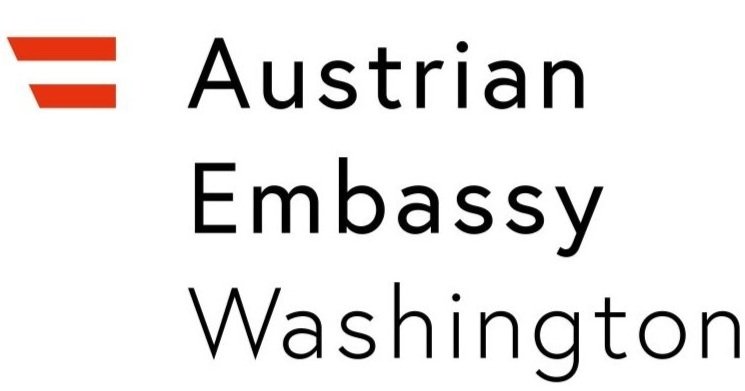The Political System
Presidential Elections
The Federal President of the Republic of Austria is elected by secret ballot in a free and fair popular general election to a term of six years. The term begins when the President is inaugurated and takes office.
Electoral Procedure
The Federal President is elected for 6 years by the citizens of the Republic – i.e., by all citizens who are entitled to vote – by secret ballot in a free and direct general election. If only one candidate runs for office, the election takes the form of a referendum. This regulation, which was introduced in 1982, is primarily intended to allow an incumbent, universally acclaimed Federal President to serve a second term without an election campaign. So far, every incumbent President who has stood for a second term has been re-elected – Adolf Schärf in 1963, Franz Jonas in 1971, Rudolf Kirchschläger in 1980 and Thomas Klestil in 1998.
The Right to Vote
Anyone entitled to vote in the National Assembly election has the right to vote in the presidential election. The right to vote can be exercised only by individuals who are registered to vote. Voting is no longer compulsory in any of the nine Austrian federal states. The former universal legal obligation to vote corresponded to the conservative philosophy according to which political rights also entailed personal duties.
Eligibility for Office
A legitimate candidate must be eligible to vote in the National Assembly election, and he/she must have passed his or her 35th birthday as of the end of election day. In fact, the youngest candidate to run for president was Dr. Heide Schmidt, at the age of 44, in 1992.
Reasons for Ineligibility
Members of ruling dynasties or such families that have reigned in the past, and individuals who have already served two consecutive terms as Federal President, cannot be elected. This is to avoid having a permanent president or elected monarch. The presidents of many countries are subject to such rules.
The regulation providing that members of formerly or presently reigning families are ineligible for the office is directed against attempts – which can be observed repeatedly throughout history – to bring back the monarchy via the Presidency of the Republic.
The details of the electoral procedure are defined by the 1971 Presidential Election Act, Federal Law Gazette [Bundesgesetzblatt, BGBl.] No. 57, as amended by Federal Law Gazette [BGBl.] I No. 90/2003
The Electoral Procedure in Detail
The Federal Government calls the election such that the newly-elected candidate can take office as soon as the outgoing President's term has ended. The announcement of the presidential election must include the election date and the filing date.
Names of candidates must be submitted to the federal electoral authorities no later than 30 days before election day. Each nomination must be signed by at least 6,000 eligible voters. An amount of €3,600 must be paid at the same time.
The Central Electoral Authority must announce the election results immediately in the Official Gazette [Amtsblatt zur Wiener Zeitung]. If the election is not contested, the Federal Chancellor must announce the election results in the Federal Law Gazette at once, whereupon the incumbent Federal President or the President's representative must promptly convoke the Federal Assembly for the inauguration.
Assumption of Office and End of Term
The Oath of Office
According to Article 62(1) of the Federal Constitution of the Republic of Austria (BVG), the Federal President takes the following oath before the Federal Assembly upon assuming office:
“I solemnly promise that I shall faithfully observe the Constitution and all the laws of the Republic and shall fulfil my duty to the best of my knowledge and belief.”
A religious statement is also admissible (Art. 62(2) BVG). Authorisation for this was first given in the 1929 constitutional amendment allowing for a religious statement when taking the oath of office, and was first used on 8 July 1974 by President Kirchschläger. On that occasion, the words “So help me God” were chosen as the religious statement. President Kirchschläger’s example of 1974 and 1980 was followed by Kurt Waldheim (1986) and Thomas Klestil (1992).
President Kirchschläger stressed the simplicity of this oath and emphasised that the transcendental sphere should be avoided. The idea was to remain within the law, with as few limitations as possible. He noted that the pledge is not only a statement of what is expected of the Federal President, “but what should be the fundamental attitude of all citizens.”
The Inauguration
The President’s solemn inauguration ceremony goes beyond a mere matter of protocol and an expression of the acceptance of the election. Before the inauguration, the President-elect already has the powers attributed to his position.
Since the Federal President can only be held responsible for a violation of the Constitution by the Constitutional Court, his or her pledge actually exceeds his or her legal accountability.
The Inaugural Address
Traditionally, the State inauguration ceremony is followed by the Federal President’s inaugural address. Unlike the Federal Government's inaugural address, this is not a statement of government policy, since the Federal President does not function as the head of the government and in this sense also does not govern. Rather, the speech is a statement of how the incoming Federal President intends to fulfil the responsibilities and perform the duties of the Presidency.
End of Term
The Federal President's term ends upon its expiration or upon the death of the President. Alternatively, his term in office may also end following a ruling issued by the Constitutional Court ordering his or her removal from office. Furthermore, he may also be removed by popular referendum (Art. 60(6) BVG) or if convicted of certain illegal actions. Whether or not a Federal President may himself resign (relinquish his or her office) is a disputed question among constitutional experts.
